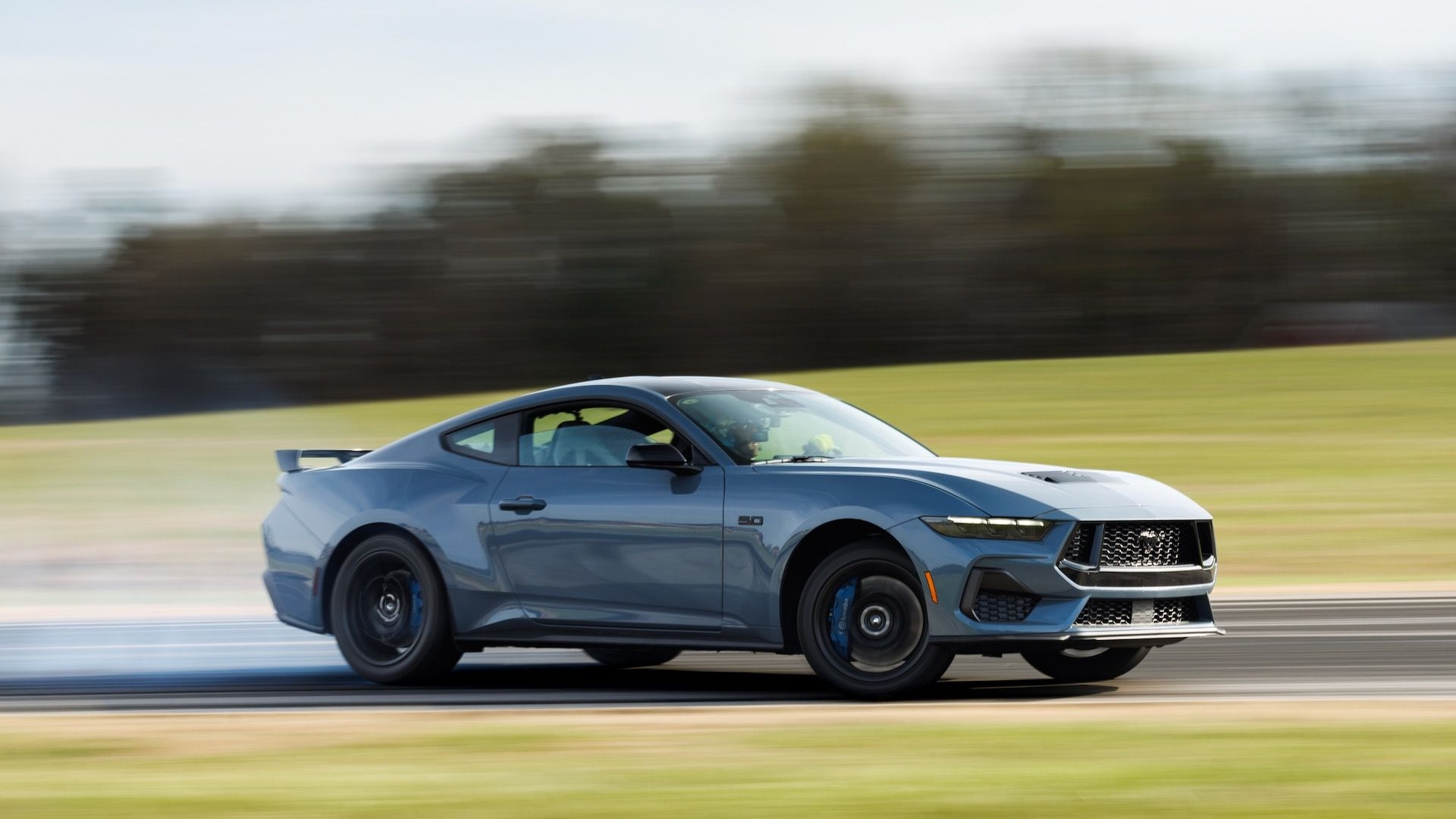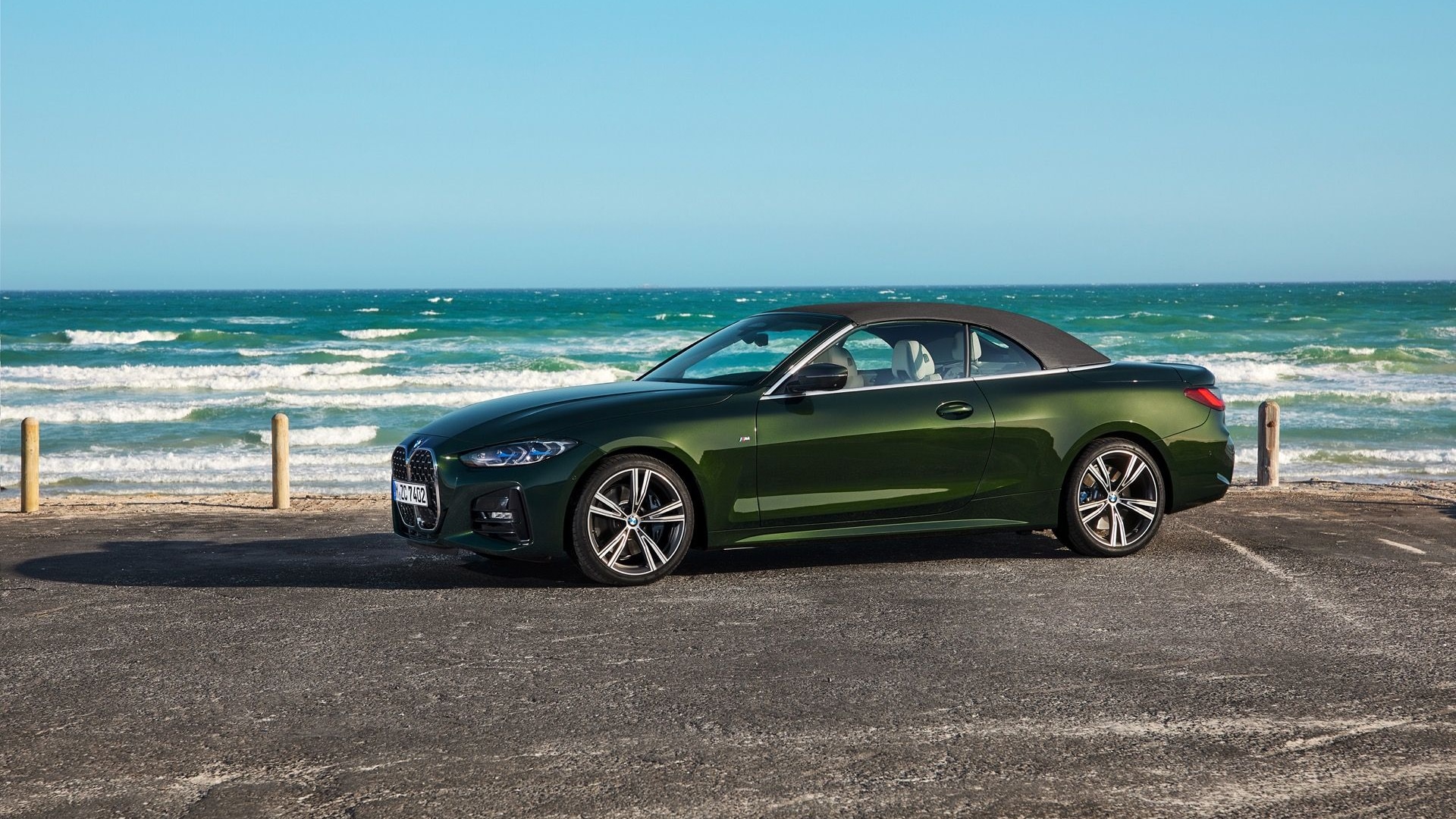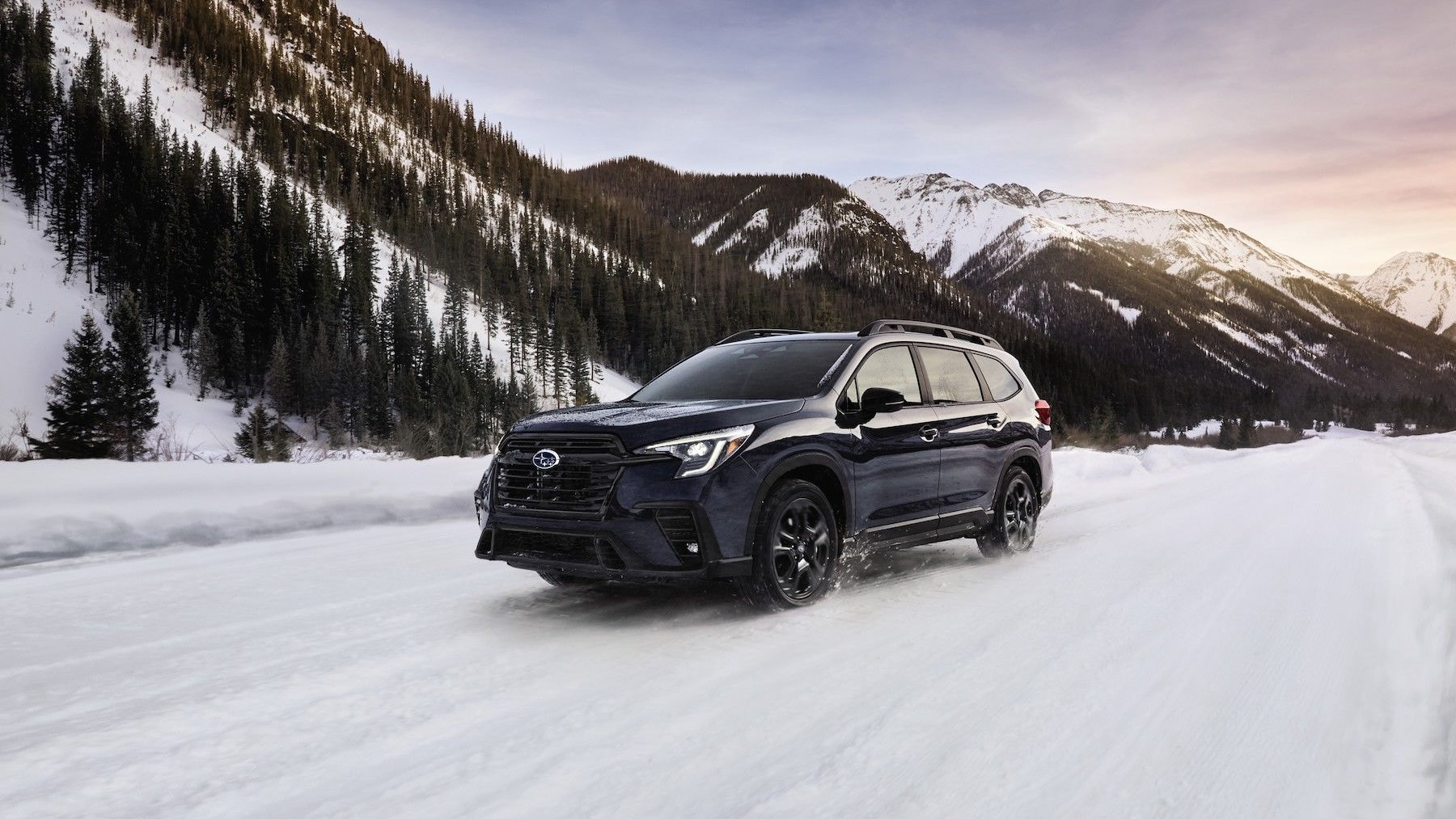Year to date sales aren't as bad as last year, but last month Ford again sold fewer Mustangs than Chevy sold Camaros. The Mustang may be closing the gap, but it doesn't appear that it will outsell the Camaro in 2012, either.
The reasons why the Mustang is slipping backward in the pony car sales race are complex, but Ford thinks the primary reason is this: the current retro-styled Mustang, last redesigned in 2005, just doesn’t appeal to Millenial buyers, who are entering their prime car-buying years.
That means one thing: the 2015 Mustang, which represents the 50th anniversary of the car, won’t be retro in styling. In fact, The Wall Street Journal (subscription required) quotes sources close to the 2015 Mustang project as saying it will look a lot like the Evos show car that Ford debuted last summer.
Some styling elements, such as the round headlights and protruding hood, will carry over into the new model, which is a design we’re having a hard time wrapping our heads around. The Evos was a stunning concept car, but Ford’s already copied many of its elements for the 2013 Ford Fusion.
Can a 2015 Mustang pull off the same styling worn by Ford’s mainstream midsize sedan? Can Ford’s designers, under the watchful eye of group design vice president J Mays, differentiate the new Mustang from both the Fusion and the Evos concept?
Opinions, as you’d guess, differ. A recent Mustang GT convertible buyer, who falls outside the all-important Millennial demographic, summed it up well by saying, “The Evos concept car is a beautiful automobile, but it isn’t a Mustang.” This particular buyer favored the retro styling of the current car, but he may be in the minority.
When shown the Evos concept, a prospective Mustang buyer from the Millennial generation was quoted as saying, “The new one (in reference to the Evos) looks pretty sweet. Maybe I should wait until it comes out.”
And therein lies Ford’s challenge: creating a new Mustang that won’t alienate existing owners and buyers who favor the retro look, while attracting reluctant buyers from Generation Y.
Baby boomers and Gen-Xers will still make up a significant portion of Mustang buyers, but Ford sees the biggest sales growth potential coming from a generation seemingly uninterested in cars their parents drove.
By trying to serve two masters with the next Mustang, Ford runs the very serious risk of pleasing neither of them.


